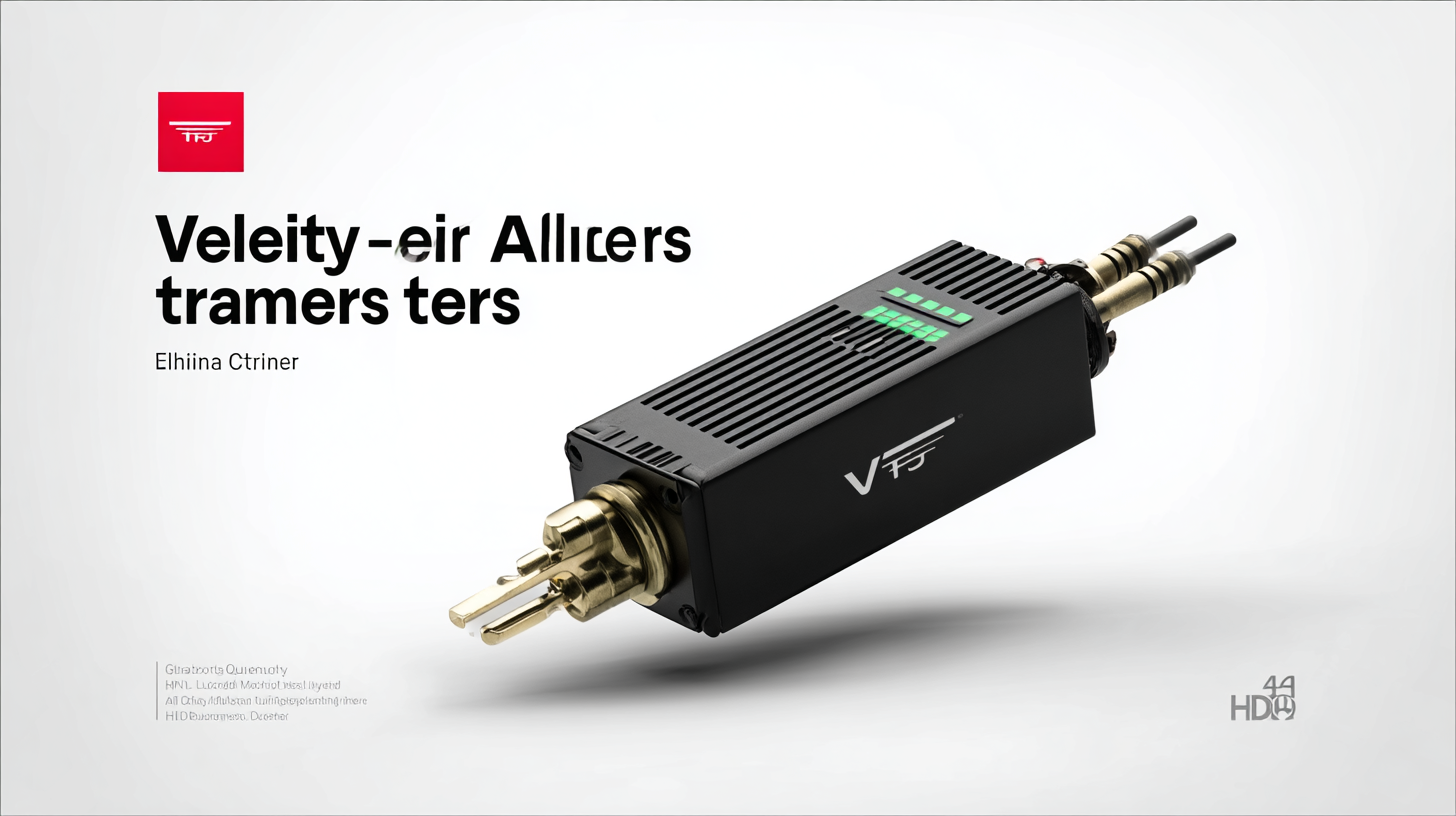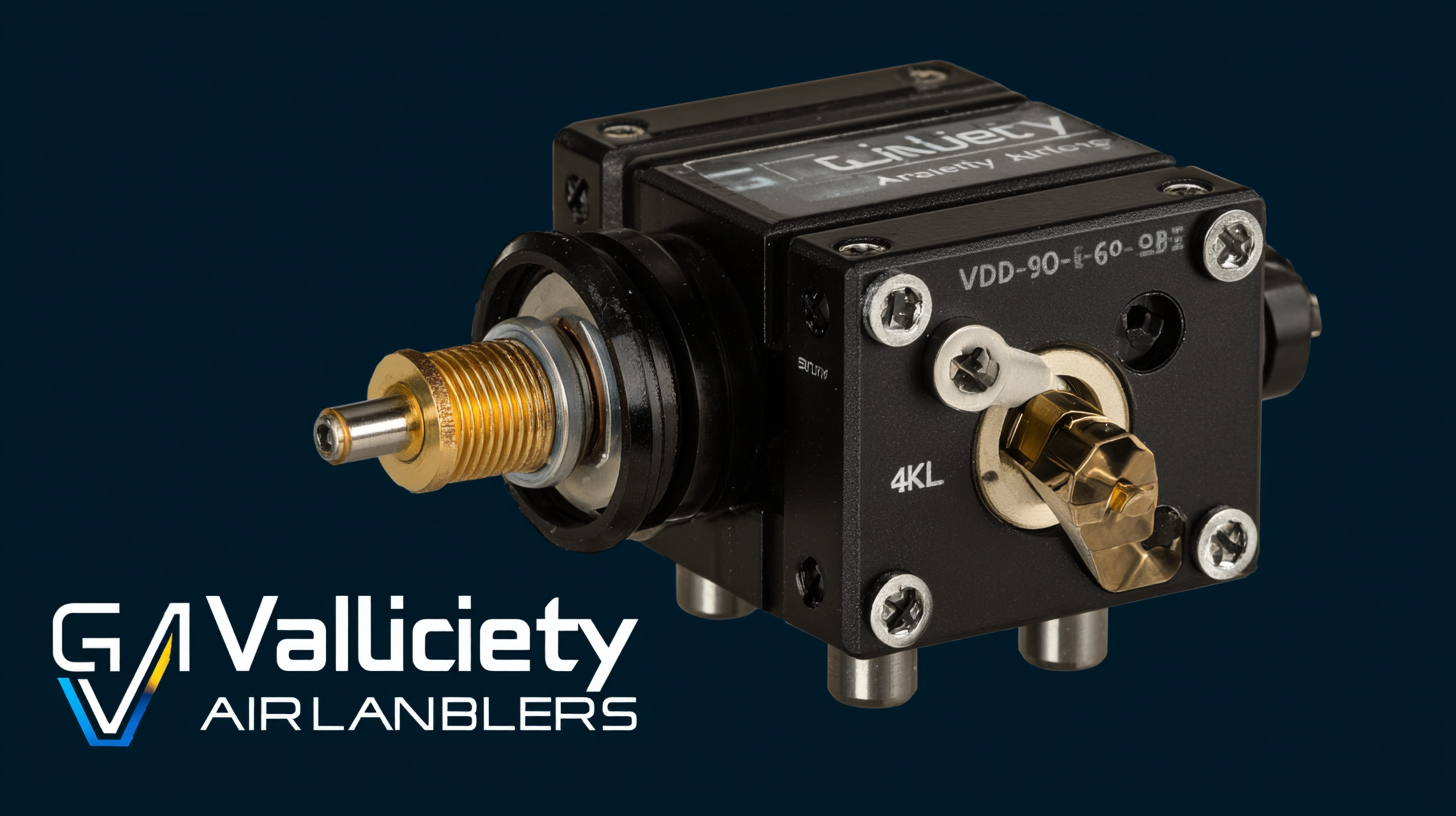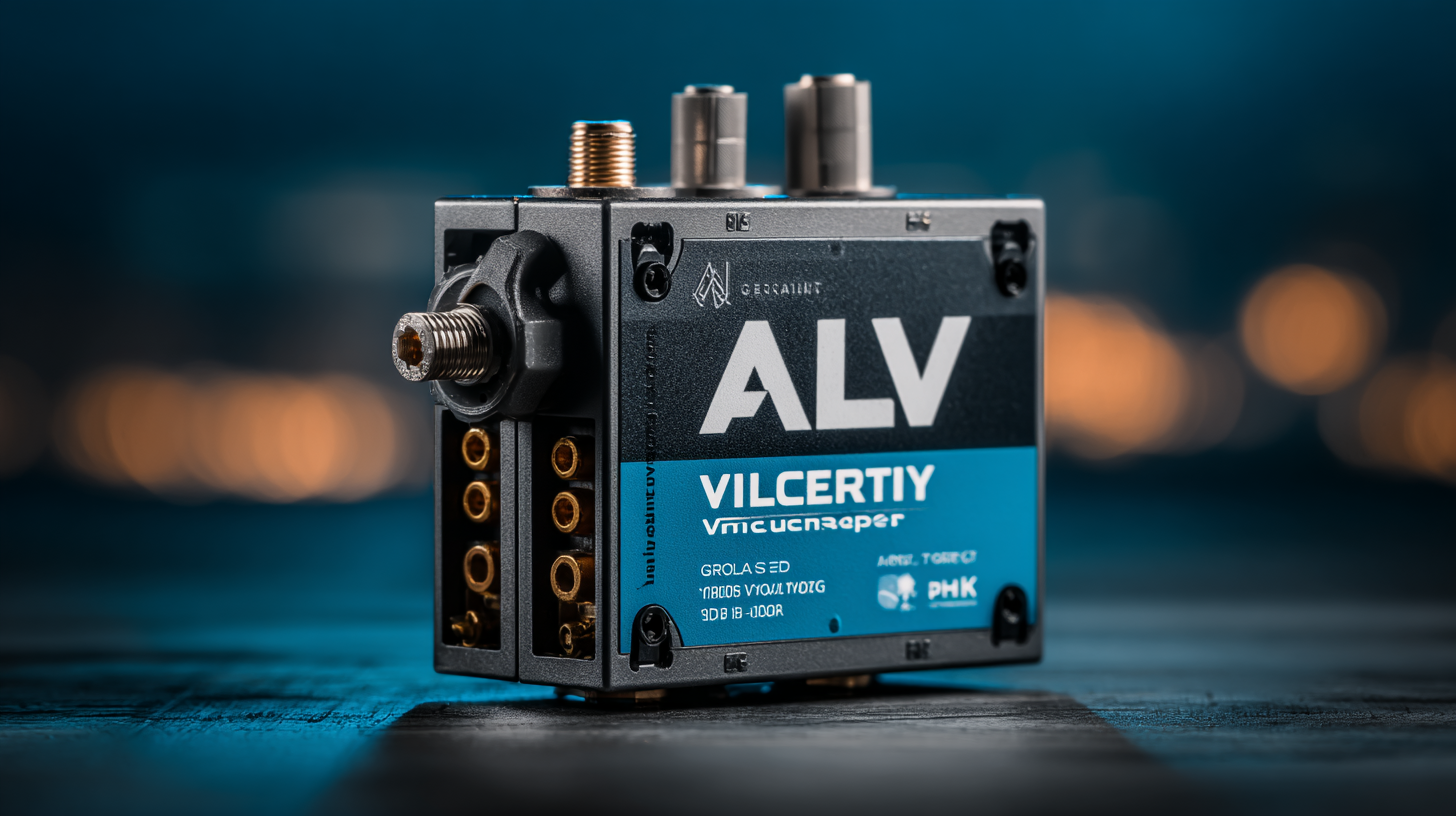
-
Home
-
Product Center
-
Application
-
Support
-
JT Cloud
-
About Us
-
Contact Us
Leave Your Message

In the rapidly evolving field of industrial automation and environmental monitoring, Air Velocity Transmitters have emerged as pivotal instruments for ensuring accurate airflow measurements and maintaining system efficiency. According to a recent market analysis by Research and Markets, the global air velocity measurement market is projected to reach $1.5 billion by 2027, driven by increasing demand across various sectors including HVAC, aerospace, and energy management. With the rise in smart building technologies and stringent regulatory standards concerning air quality, the precision offered by high-quality air velocity transmitters is indispensable. As global leaders in this domain, China's manufacturers are setting benchmarks through innovative designs and cutting-edge technology, ensuring unmatched accuracy and reliability that meet the rigorous demands of modern industries. This blog will delve into the industry production standards and the types of air velocity transmitters that are shaping the future of technology in this vital sector.

Air velocity measurement plays a crucial role in various modern industries, including HVAC, manufacturing, and environmental monitoring. Accurate air velocity transmitters are essential for ensuring optimal system performance and compliance with safety regulations. By precisely measuring airflow, industries can enhance energy efficiency, improve product quality, and maintain a safe working environment.
In manufacturing, for instance, proper air velocity measurement can lead to better control over processes that rely on air movement for cooling or mixing. Accurate data on air velocity helps in adjusting machinery operations to prevent overheating, thereby extending equipment lifespan and reducing maintenance costs. Similarly, in HVAC systems, precise air velocity readings contribute to balanced airflow, which not only enhances comfort but also minimizes energy consumption.
Furthermore, in environmental monitoring, accurate air velocity data is critical for assessing air quality and pollutant dispersion. Industries can utilize advanced air velocity transmitters to monitor industrial emissions and ensure compliance with environmental standards. Consequently, investing in high-quality air velocity measurement tools is not only beneficial for operational efficiency but also vital for sustainable practices in modern industries.
In recent years, China's air velocity transmitter industry has emerged as a global leader, driven by innovative technologies that enhance precision and reliability. These advanced devices are essential for a wide range of applications, from industrial processes to environmental monitoring. The integration of smart sensors and IoT capabilities has revolutionized how air velocity is measured, offering real-time data analytics and improved performance.
Tip: When selecting an air velocity transmitter, consider the specific requirements of your application, such as measurement range, response time, and environmental conditions. Opt for models that incorporate cutting-edge technology to ensure accuracy and durability.
China's commitment to research and development in this field has led to significant breakthroughs, with manufacturers investing in high-quality materials and state-of-the-art production techniques. This not only enhances the instruments’ precision but also ensures they can withstand harsh operating environments, a crucial factor for industries like HVAC and weather monitoring.
Tip: Regular calibration and maintenance of air velocity transmitters are key to sustaining their precision. Implement a routine check-up schedule to ensure your instruments deliver accurate measurements over time, preventing potential downtimes in critical operations.
When it comes to air velocity measurement, China's premier air velocity transmitters stand out due to their advanced features and technological innovation. Key to their success is the implementation of superior sensor technology, enabling greater accuracy and stability. According to a report by ResearchAndMarkets, the global air velocity sensor market is projected to grow at a CAGR of 7.5% from 2021 to 2026, largely driven by increasing demands for precision in HVAC applications. Chinese manufacturers lead this growth with transmitters that deliver measurement accuracy within ±1% of reading, outperforming many competitors in the market.
Another distinguishing aspect is the integration of smart technology in these transmitters. Many feature real-time data analytics and remote monitoring capabilities, which not only enhance operational efficiency but also provide critical insights for predictive maintenance. A study by Allied Market Research highlights that smart sensor technology is expected to significantly influence the air quality monitoring market, with an anticipated growth rate of 10% annually. This trend emphasizes the importance of Chinese air velocity transmitters, as they combine robust performance with cutting-edge technology, making them a preferred choice for industries that demand high-quality air management solutions.
| Feature | Description | Benefits |
|---|---|---|
| High Precision | Accurate readings within ±0.5% of full scale | Ensures reliable measurements for critical applications |
| Wide Measurement Range | Capable of measuring air velocities from 0.1 to 30 m/s | Versatile for various industrial and environmental conditions |
| Robust Design | Built to withstand harsh environments with IP65 rating | Durability ensures long-term operation and low maintenance |
| Real-time Data Output | Provides instant readings with digital outputs | Facilitates immediate analysis and decision-making |
| User-friendly Interface | Easy-to-read display with intuitive controls | Enhances usability for technicians and engineers |
| Wireless Connectivity | Supports Bluetooth and Wi-Fi for remote monitoring | Enables seamless integration into smart systems |
As global markets evolve, air velocity technology has become a critical component in various industries, from HVAC systems to environmental monitoring. China's position in this sector is increasingly prominent, bolstered by its commitment to innovation and quality manufacturing processes. Not only does the nation produce advanced air velocity transmitters, but its continuous investment in research and development allows it to stay ahead of market trends and meet dynamic consumer demands.

Chinese manufacturers are harnessing cutting-edge technologies such as advanced sensor integration and data analytics to enhance the performance of their air velocity transmitters. These developments not only improve measurement precision but also offer greater reliability in diverse environmental conditions. As countries work towards stricter environmental standards and energy efficiency goals, China's role in providing high-quality technological solutions becomes increasingly vital. This commitment to quality positions China as a global leader, setting benchmarks that other nations must strive to meet in their pursuit of technological excellence.
As we look towards 2025 and beyond, the landscape of precision technology is rapidly evolving. The market for ion beam technology, specifically in the realms of ion beam deposition and etching systems, is anticipated to undergo significant expansion. According to industry reports, the ion beam etching market alone is projected to reach substantial figures, driven by its critical applications in semiconductor manufacturing and advanced materials processing. These systems enable the fabrication of intricate designs with unmatched precision, essential for meeting the increasing demands of modern electronics.
Furthermore, advancements in other sectors such as 3D reconstruction technology are equally promising. The global market for 3D reconstruction is expected to flourish, with projections estimating a compound annual growth rate (CAGR) of over 20% from 2025 to 2033. This growth is attributed to the technology's wide-ranging applications, from urban mapping to its pivotal role in film and gaming industries. As industries continue to embrace AI and machine learning, integrating these advancements will enhance overall efficiency and precision, paving the way for innovative solutions in the foreseeable future.
